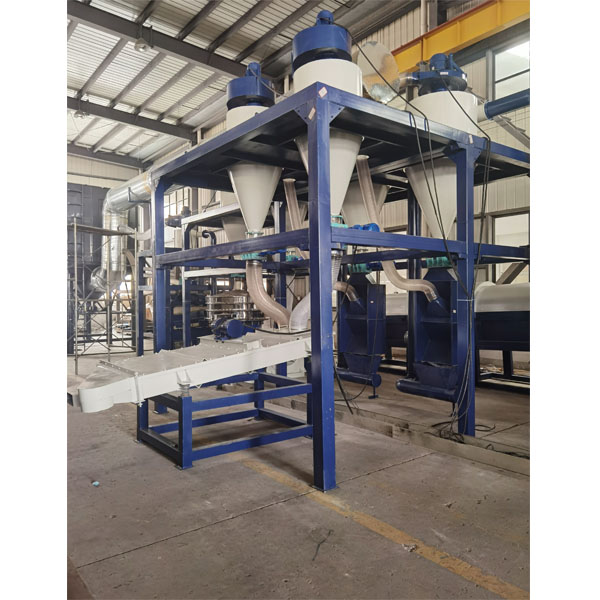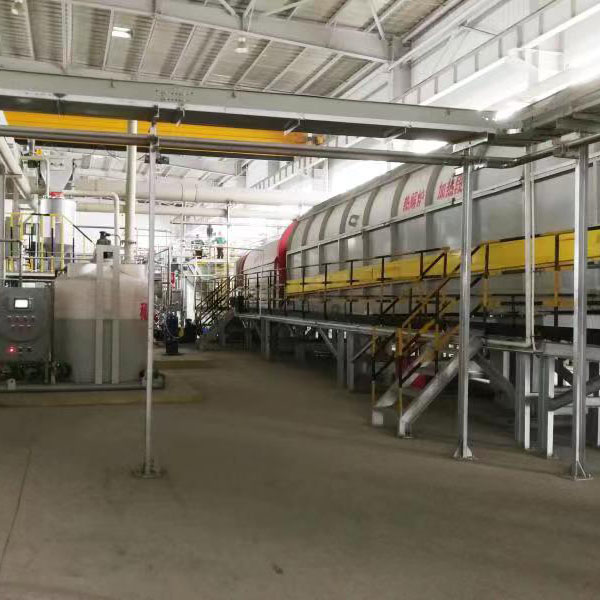-

lithium ion battery recycling equipment
An e-waste recycling machine is a device that is designed to recycle electronic waste. E-waste recycling machines are typically used to recycle old electronics, such as computers, televisions, and mobile phones, which would otherwise be discarded and end up in landfills or incinerated.
The process of e-waste recycling typically involves several steps, including disassembly, sorting, and processing. E-waste recycling machines are designed to automate many of these steps, making the process more efficient and cost-effective.
Some e-waste recycling machines use physical methods, such as shredding and grinding, to break down electronic waste into smaller pieces. Other machines use chemical processes, such as acid leaching, to extract valuable materials like gold, silver, and copper from electronic waste.
E-waste recycling machines are becoming increasingly important as the amount of electronic waste generated around the world continues to grow. By recycling electronic waste, we can reduce the amount of waste that ends up in landfills, conserve natural resources, and reduce the environmental impact of electronic devices.
-

Lithium-ion battery breaking and separation and recycling plant
The waste lithium-ion battery are mainly from the electrical vehicles, like the two wheels or the four wheels. The lithium battery generally has two types LiFePO4 as the anode and LiNi0.3Co0.3Mn0.3O2.
Our machine can process the lithium-ion LiFePO4 as the anode and LiNi0.3Co0.3Mn0.3O2. battery. The layout like the below:
- To break the batteries pack to separate and check the core is qualified or not. The battery pack will dispatch the shell, elements, aluminum and copper.
- The unqualified electric core will be crushed and separated. The crsher will be in the air device protection. The raw material will be anaerobic thermolysis. There will be a waste gas burner to make the exhausted air reach the discharged standard.
- The next steps is to separate with the air blow or the water power to separate the cathode and anode powder and the copper and aluminum and the pile head, and the shell scraps.







